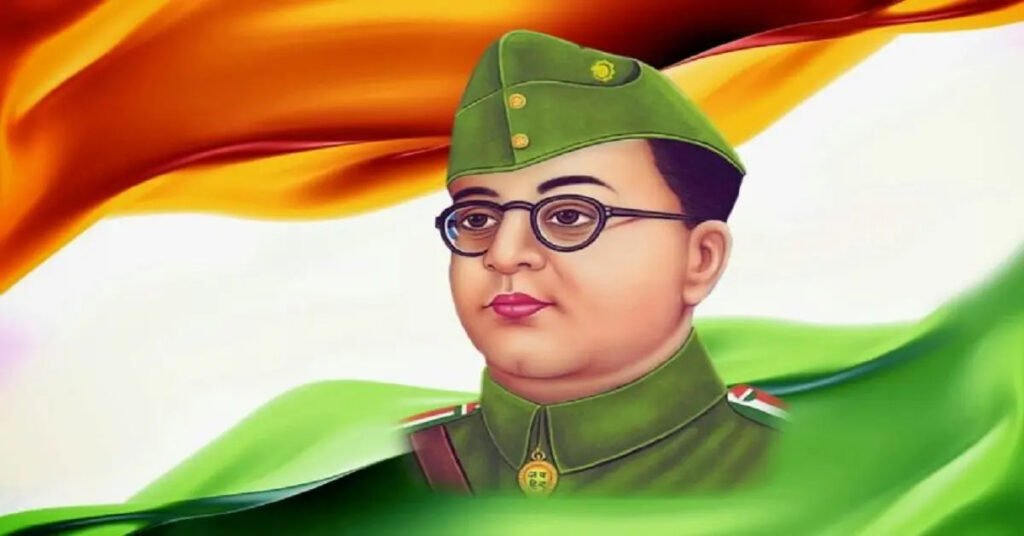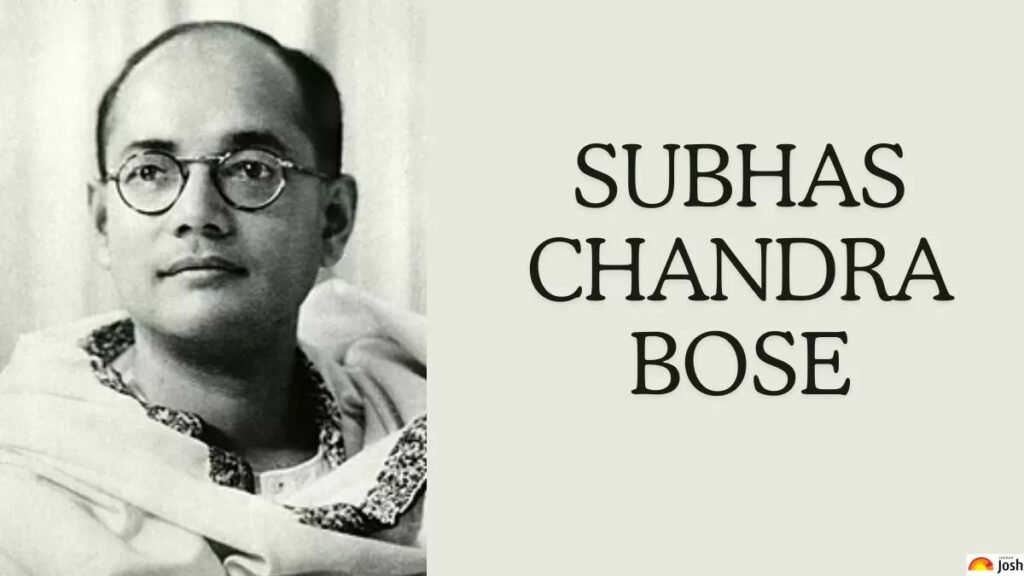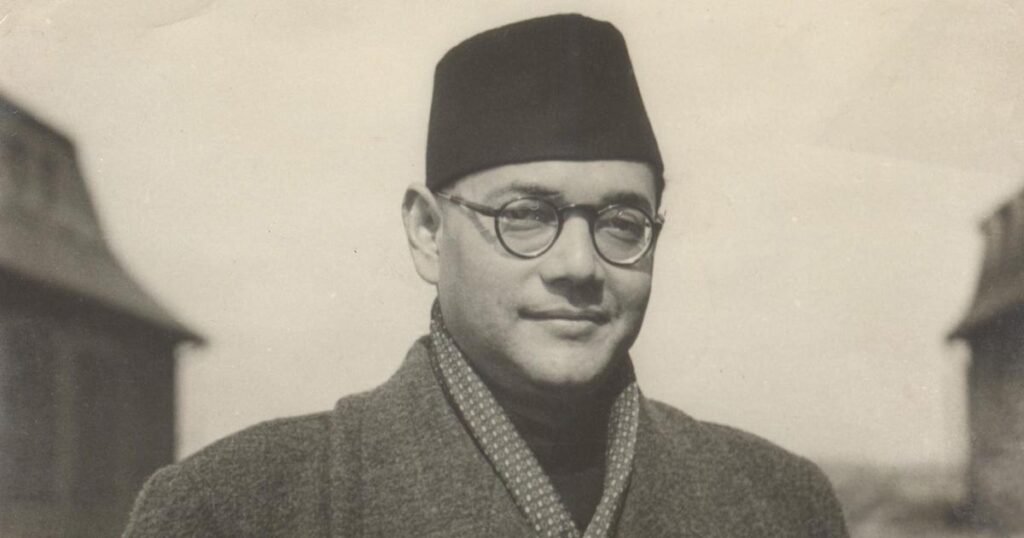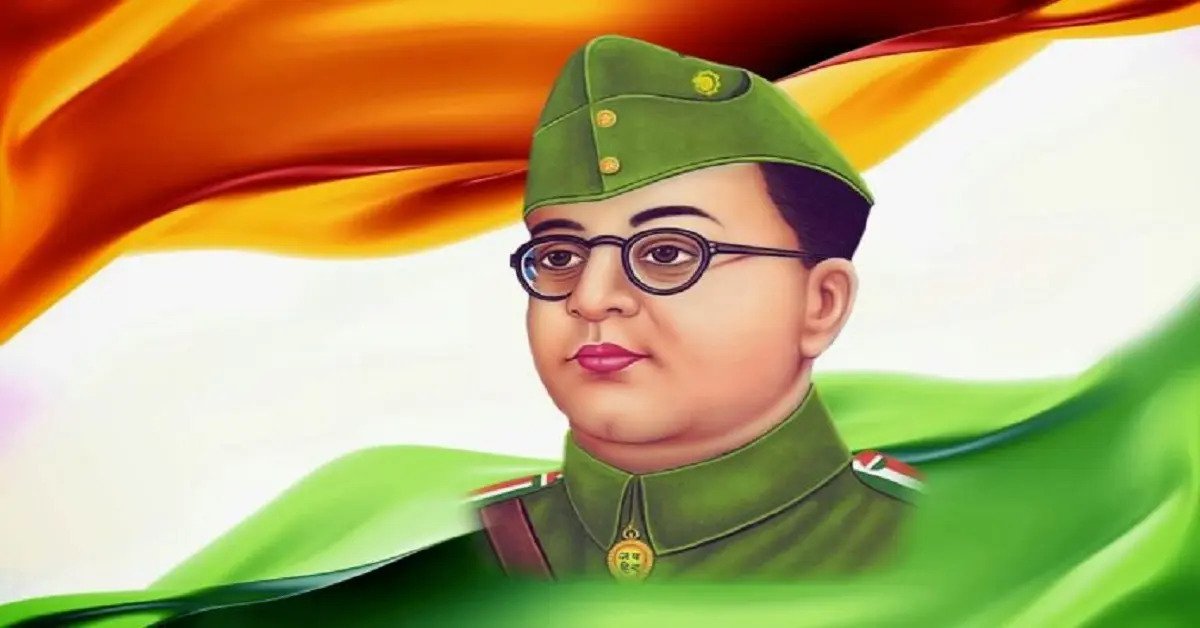Table of Contents
ToggleTop 50 Unknown and Amazing Facts About Netaji Subhas Chandra Bose
One of India’s most admired independence fighters, Netaji Subhas Chandra Bose, is still a very fascinating and admired person. Though his contributions to India’s independence movement are widely recognized, history buffs are nonetheless captivated by a number of lesser-known details about his life.

Bose distinguished himself as a leader who would do whatever it took to see his nation freed from British domination through his ferocious patriotism and unwavering quest for India’s independence.
Bose approached independence in a far different way than his peers did. Bose felt that armed conflict was required to topple the British Empire, despite the fact that many leaders supported peaceful resistance. Because of his fearless and unwavering attitude, he was called “Netaji,” which means “Respected Leader.”
With Japan’s assistance, Bose established the Indian National Army (INA) in 1943 with the intention of using armed force to expel the British from India. When he famously said, “Give me blood, and I will give you freedom!” a great number of Indians were inspired to support the cause. India’s struggle for independence was forever changed by Bose’s leadership and tenacity, even if the INA’s attempts to free the country finally failed.
Although there has been considerable conjecture about Netaji’s mysterious 1945 disappearance, his legacy as a man of bravery, nationalism, and unwavering devotion to India’s freedom endures. He is now seen as a visionary leader who dared to dream of an India that was strong and free, in addition to being a freedom warrior.
Here are 50 unknown and amazing facts about Netaji Subhas Chandra Bose:
Early Life and Education
Birthdate Confusion: While most sources mention January 23, 1897, as his birth date, some records suggest that Subhas Chandra Bose might have been born on January 22.
Young Scholar: Bose was a brilliant student who ranked second in the matriculation examination in Calcutta in 1913.
College Expulsion: He was expelled from Presidency College in Calcutta for assaulting Professor Oaten, who had made racist remarks against Indians.
Philosophy Enthusiast: Bose was deeply influenced by Swami Vivekananda’s teachings, and this shaped his early thoughts on nationalism.
Civil Services: Bose passed the Indian Civil Services (ICS) examination in 1920 in England, ranking fourth, but he resigned from the service in 1921, citing his commitment to India’s independence.
Political Ideals and Activism
Indian National Congress: Bose joined the Indian National Congress and quickly rose through the ranks due to his dedication and leadership skills.
Imprisonment: He was imprisoned 11 times between 1921 and 1941 for his revolutionary activities against British rule.
Radical Leader: Bose was considered more radical than Mahatma Gandhi and often disagreed with his non-violent approach.
Mayor of Calcutta: In 1930, Bose became the youngest Mayor of Calcutta (now Kolkata) at the age of 33.
INC President: Bose was elected as the President of the Indian National Congress in 1938 and re-elected in 1939, defeating Dr. Pattabhi Sitaramayya, the candidate supported by Gandhi.
Break with Congress and Formation of INA
Formation of Forward Bloc: After resigning as Congress President, Bose formed the Forward Bloc within the Congress in 1939 to bring together the radical elements in the party.
Escape to Germany: In 1941, Bose escaped house arrest in India and traveled to Germany via Afghanistan and the Soviet Union, a daring and dangerous journey.
Axis Powers: Bose sought help from the Axis powers (Germany, Italy, and Japan) during World War II to fight against British rule in India.
Azad Hind Radio: Bose launched Azad Hind Radio in Germany to broadcast messages to Indians, urging them to rise against the British.
Meeting with Hitler: Bose met Adolf Hitler in 1942 to seek support for India’s independence, though the meeting did not yield the expected results.
Indian National Army (INA)
Formation of INA: In 1942, with the help of the Japanese, Bose formed the Indian National Army (INA), also known as Azad Hind Fauj, composed of Indian soldiers and prisoners of war.
Rani of Jhansi Regiment: Bose established a women’s regiment named the Rani of Jhansi Regiment in the INA, one of the first of its kind in the world.
INA Trials: The trials of INA officers by the British in 1945 sparked a massive nationalist movement across India, increasing pressure on the British to leave India.
Slogan “Jai Hind”: Bose is credited with popularizing the slogan “Jai Hind,” which later became the national slogan of India.
Currency and Stamps: Bose issued currency notes, coins, and stamps in the name of the Provisional Government of Free India during his time in Southeast Asia.

Last Days and Legacy
Disappearance: Bose’s disappearance on August 18, 1945, after a plane crash in Taiwan, remains one of the biggest mysteries in Indian history.
Death Theories: There are multiple theories about his death, including claims that he lived in disguise for years after the supposed crash.
Gumnami Baba: Some believe that Netaji lived as Gumnami Baba in Uttar Pradesh, India, until his death in 1985.
Renkoji Temple: The remains believed to be Bose’s are kept at the Renkoji Temple in Tokyo, Japan, though the Indian government has not officially recognized them as his.
Secret Files: The Indian government declassified several secret files related to Netaji in 2016, but the mystery surrounding his death persists.
Honors and Memorials
First Prime Minister: Bose had declared himself the Prime Minister of the Provisional Government of Free India during his time with the INA.
Andaman and Nicobar Islands: Bose renamed the Andaman and Nicobar Islands as Shaheed and Swaraj Islands during his brief administration in 1943.
Portrait in Parliament: A portrait of Bose was unveiled in the Indian Parliament in 1978, honoring his contributions to India’s freedom struggle.
Posthumous Awards: In 1992, the Government of India posthumously awarded Bose the Bharat Ratna, India’s highest civilian award, though the award was later withdrawn due to controversy.
Statues and Memorials: Numerous statues and memorials of Bose can be found across India, including prominent ones in Kolkata, New Delhi, and other cities.
Personal Life
Marriage: Bose married Emilie Schenkl, an Austrian woman, in 1937, and they had a daughter, Anita Bose Pfaff, in 1942.
Polyglot: Bose was a polyglot who spoke Bengali, Hindi, English, German, and several other languages fluently.
Writer and Intellectual: Bose was an intellectual and writer; his book “The Indian Struggle” outlines the history of the Indian independence movement from 1920 to 1942.
Yoga Enthusiast: Bose was an avid practitioner of yoga and followed a strict vegetarian diet.
Teetotaler: Bose was a teetotaler and abstained from alcohol and tobacco throughout his life.
International Influence and Recognition
Influence in Japan: Bose is highly revered in Japan, where his contribution to India’s independence is widely acknowledged.
Support from Mussolini: Bose also sought and received support from Benito Mussolini in Italy, though it was primarily moral and ideological support.
World War I Experience: During World War I, Bose was influenced by the Irish struggle for independence, which shaped his revolutionary ideas.
Influence in Southeast Asia: Bose’s activities in Southeast Asia inspired many local leaders in their struggles against colonial rule.
International Symbols: The Azad Hind Fauj had its own flag, emblem, and even an anthem, symbolizing the international dimension of Bose’s fight for freedom.

Legacy in Modern India
Icon of Youth: Bose remains an icon of youthful rebellion and courage, inspiring generations of Indians to stand up for justice and freedom.
Netaji Subhas Chandra Bose International Airport: The Kolkata airport is named in his honor, reflecting his enduring legacy in the city.
Political Ideology: Bose’s political ideology was a unique blend of socialism and nationalism, which continues to influence Indian political thought.
Cultural Impact: Bose has been the subject of numerous films, books, and documentaries, highlighting his impact on Indian culture.
Anniversaries and Commemorations: January 23, Bose’s birthday, is celebrated as “Parakram Diwas” (Day of Valor) in India.
Mystery and Controversy
Disagreement with Gandhi: Bose’s differences with Gandhi led to his resignation from the Congress, and his radical approach remains a subject of debate.
INA’s Controversial Role: The INA’s alliance with the Axis powers during World War II has been a topic of controversy, with differing opinions on Bose’s strategies.
Spy Theories: There are unproven theories that Bose was in contact with Soviet intelligence during his time in Europe.
Undeclared War Hero: Despite his contributions, Bose has never been officially recognized as a war hero by the Indian government, a point of contention among his followers.
Enduring Mystery: Bose’s life and disappearance continue to be a subject of fascination and debate, with new theories and evidence emerging regularly, keeping his legacy alive in the collective consciousness of India.
Conclusion
A visionary leader, Netaji Subhas Chandra Bose‘s commitment to India’s independence is still an inspiration. His life is evidence of his everlasting devotion to his country and his strong spirit. Even though there are still many unanswered questions about his life, there is no denying his significance as one of India’s greatest liberation fighters.


